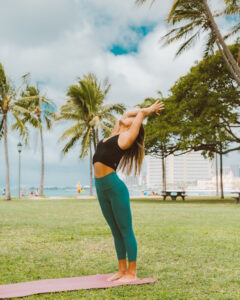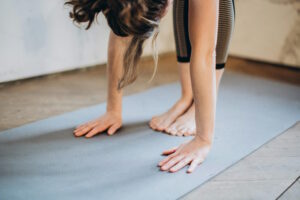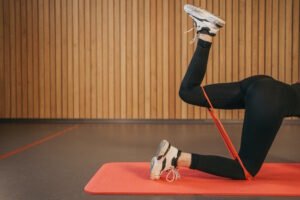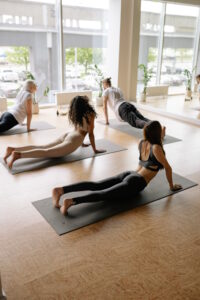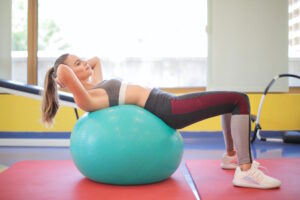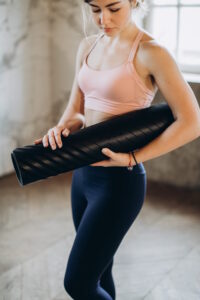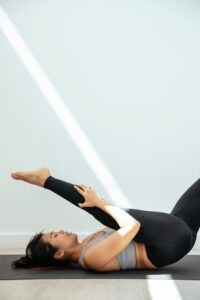
In the quest for a strong and resilient core, the worlds of Pilates and yoga beckon with their promises of enhanced strength, flexibility, and overall well-being. Yet, the decision to choose between these two practices for core strength can be a nuanced one, requiring an understanding of their unique methodologies and approaches. As you embark on this journey of selecting the right practice, we delve into the dynamic interplay of Pilates and yoga, helping you make an informed choice that aligns with your core strength goals.
Is Yoga or Pilates Better for Core Strength?
Both yoga and Pilates offer substantial benefits for core strength, yet their approaches differ. Yoga often incorporates core-focused poses and transitions that engage and stabilize core muscles. The practice emphasizes balance, flexibility, and breath coordination, which indirectly contribute to core strength.
On the other hand, Pilates is specifically designed to target and strengthen core muscles. Pilates exercises isolate and challenge deep stabilizing muscles, fostering a strong foundation for core strength. The controlled movements and mindful engagement inherent in Pilates result in direct and intentional strengthening of the core.
Is Pilates the Best for Core Strength?
Pilates is often regarded as one of the best practices for enhancing core strength due to its focused and targeted approach. The exercises in Pilates are meticulously designed to engage not only the superficial muscles of the core but also the deeper stabilizing muscles. This approach promotes balanced muscle development, endurance, and functional strength within the core.
Pilates’ unique emphasis on core strength as a foundational principle makes it an exceptional choice for individuals seeking a practice that specifically hones in on this aspect of fitness. Its comprehensive repertoire of core-centric exercises contributes to the effective strengthening of the core muscles.
What Is Better for Abs: Pilates or Yoga?
Both Pilates and yoga can contribute to toned and strengthened abdominal muscles, but Pilates is particularly recognized for its targeted approach to abdominal conditioning. Pilates exercises often involve deliberate engagement of the abdominal muscles in a controlled manner, working towards enhanced endurance and strength. These exercises can lead to a more defined appearance and improved functionality of the abdominal muscles.
While yoga also engages the abdominal muscles through various poses and transitions, its primary focus on overall body flexibility and balance means that the abdominal work may be less specific and intense compared to Pilates.
Can Yoga and Pilates Replace Strength Training?
Yoga and Pilates can certainly complement strength training, but they might not entirely replace it. While both practices incorporate bodyweight exercises that enhance strength and muscle endurance, traditional strength training often involves lifting weights and progressive resistance. These forms of training can lead to significant muscle hypertrophy and increased overall strength.
Yoga and Pilates, however, excel in improving functional strength, flexibility, and balance. By integrating these practices into your fitness routine alongside traditional strength training, you create a holistic approach that not only builds muscle strength but also fosters overall well-being.
As you consider the choice between Pilates and yoga for core strength, it’s essential to recognize that each practice offers distinct benefits that can be tailored to your individual preferences and goals. While Pilates stands out for its targeted core strengthening exercises, yoga offers a broader focus on overall balance and flexibility. Both practices have the potential to enhance core strength and contribute to a well-rounded fitness journey.
In the landscape of core strength enhancement, the choice between Pilates and yoga becomes a reflection of your unique needs and aspirations. By exploring the intricacies of each practice and embracing the one that resonates with you, you embark on a path of discovery that can lead to an empowered and resilient core. Whether through the precision of Pilates or the mindful movements of yoga, your journey to a stronger core unfolds with every intentional step you take.

